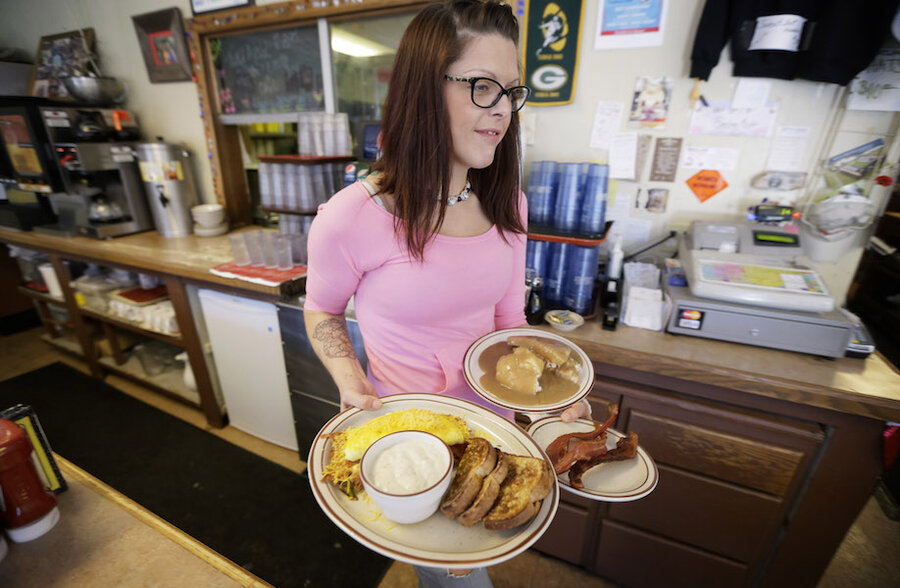The December jobs report is even better than it looks. Here's why.
A strong, steady 2015 for the US labor market ended with a bang in December. In addition to being much stronger than anticipated, the latest jobs report showed some promising progress in some areas that had been worrisome, even as the rest of the labor picture grew ever rosier.
The US economy added a dazzling 292,000 jobs in December, more than the 200,000 most economists were expecting, according to the Labor Department. The unemployment rate held steady at 5 percent, its lowest level in 7 ½ years.
The strong performance capped off the job market’s second-best year since 1999. The economy added an average of 221,000 jobs per month in 2015, and it came on strong at the end. Job gains average 280,000 during the last three months of the year.
A steady or even increased unemployment rate, combined with a robust added jobs number, is especially heartening news in the current job market conditions. One of the major weaknesses of the last few years has been labor force participation; even as joblessness has fallen, the percentage of Americans that have opted out of the labor force altogether (and therefore aren’t counted in the unemployment rate) has been stuck near its highest level in four decades.
The fact that the unemployment rate is staying put, even as jobs are being added at such a strong clip, is an especially good sign. It indicates that more people are wading back into the labor market and looking for work. The participation rate went unchanged in December, at 62.6 percent, but it could edge up in the coming months if that trend continues.
It’s a promising sign for the year ahead, economists say. “This employment report, combined with the very low level of initial claims, suggests that labor market momentum remains firmly in place,” Barclays Research analysts Michal Gapen, Jesse Hurwitz, and Rob Martin wrote in an e-mailed report.
What's next?
As it has been for multiple years now, the strong report was a welcome respite for the US economy after uncertainty in other areas. The stock market has had a rough week largely thanks to volatility in China and dips for a few major US companies, including Apple and restaurant chain Chipotle. The Dow recorded its worst four-day start on record to a calendar year, briefly dipping into correction territory on Thursday.
On Friday, stocks rebounded a bit, with the Dow up 55 points in mid-morning trading.
Moving forward, experts will be watching for changes in some of the labor market's lingering weaknesses. The biggest of those is slow wage growth. In December, hourly earnings edged down a hair, falling 1 cent.
“For the millions of Americans still waiting for a raise, 2015 closed on a down note,” Michael Madowitz, an economist with the Center for American Progress, wrote in an e-mailed note.
Still, there are plenty positive signs on wages going into the new year. On Jan. 1, minimum wage increases went into effect in 12 states, and a dozen more are set to either adjust or increase their minimum pay rates in the coming year. At the same time, overall wage acceleration is picking up steam. Hourly wages increased 2.5 percent during 2015, and overall, wages edged up 0.5 percent during November of last year, according to the Commerce Department.
“We will be watching the next few reports closely to see which of these trends dominate, but the labor market is starting 2016 on a positive note,” Mr. Madowitz wrote. “Millions of Americans got back to work in 2015, and it looks like that trend is set to continue. Hopefully with more gains like these, the economy will see continued increases in labor-force participation and an uptick in wage growth become the new trend.”







